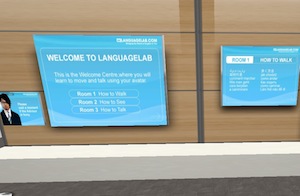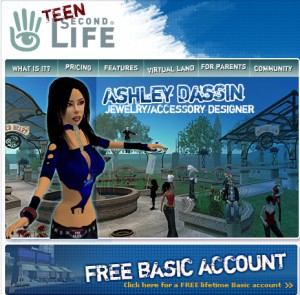There’s nothing like home-made science, and the video below shows just that taken to an incredibly impressive degree. Luke Geissbuhler and his family and friends spent eight months testing a ‘space capsule’ made up of a foam container, video camera and an iPhone.
The results are amazing – and it was educational to boot for all involved. It’s obviously not a low-budget home project but it’s certainly one that delivered some great results. It sort of beats playing Wii Sports as a family!
Have a look:
Homemade Spacecraft from Luke Geissbuhler on Vimeo.
via [Dave Everhart]









Recent Comments